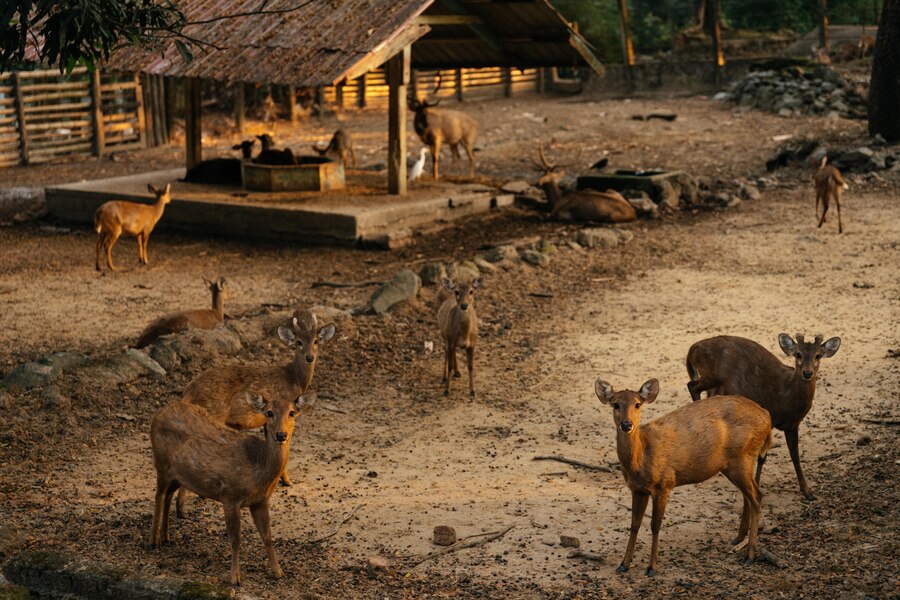Indonesia, with its sprawling archipelago of over 17,000 islands, boasts a diverse agricultural and livestock sector that plays a crucial role in the nation’s economy and food security. From the fertile plains of Java to the volcanic soils of Sumatra and the lush rainforests of Kalimantan, Indonesia’s agricultural practices are as diverse as its landscapes.
Agricultural Diversity and Practices:
Indonesia’s agriculture is characterized by a rich variety of crops suited to different climates and terrains. Rice, as the staple food, dominates cultivation in regions with adequate water supply, such as Java and Bali. Meanwhile, maize, soybeans, and cassava thrive in regions with varying degrees of rainfall, contributing significantly to the country’s agricultural output.
Traditional farming methods still prevail in many parts of Indonesia, blending ancient wisdom with modern techniques. Terracing, crop rotation, and intercropping are commonly practiced to optimize land use and enhance soil fertility. These methods not only support local food production but also preserve biodiversity and mitigate environmental impacts.
Challenges and Sustainability:
Despite its agricultural abundance, Indonesia faces challenges such as land degradation, water scarcity, and climate change. Rapid urbanization and industrialization pose additional pressures on agricultural land. To address these issues, sustainable farming practices, including organic farming and integrated pest management, are increasingly promoted. Government initiatives and international partnerships aim to boost agricultural productivity while conserving natural resources.
Livestock Farming:
Livestock farming in Indonesia is diverse and integral to rural livelihoods. Cattle, goats, chickens, and ducks are raised for meat, dairy, and eggs across different regions. In rural areas, integrated farming systems are common, where livestock complement crop production. This holistic approach maximizes land productivity and minimizes waste through the use of animal manure as organic fertilizer.
Modernization efforts in livestock farming include improved breeding techniques, disease management, and infrastructure development to meet the growing demand for meat and dairy products. Challenges such as disease outbreaks, market access, and sustainable feed production remain priorities for the sector’s development.
Conclusion:
Indonesia’s agriculture and livestock sectors are pillars of its economy, reflecting its cultural diversity and natural richness. With a commitment to sustainable practices and technological advancements, Indonesia is poised to enhance food security, support rural livelihoods, and contribute to global agricultural markets.
In essence, Indonesia’s agriculture and livestock sectors epitomize resilience and innovation in the face of diverse challenges, ensuring sustainable development and prosperity for generations to come.
source : https://Perinus.co.id







